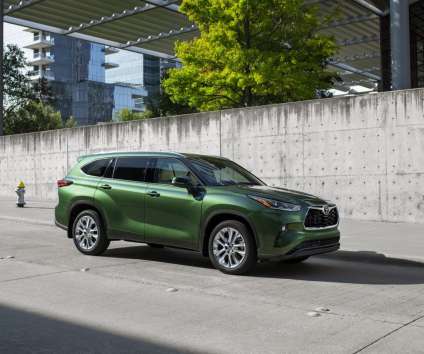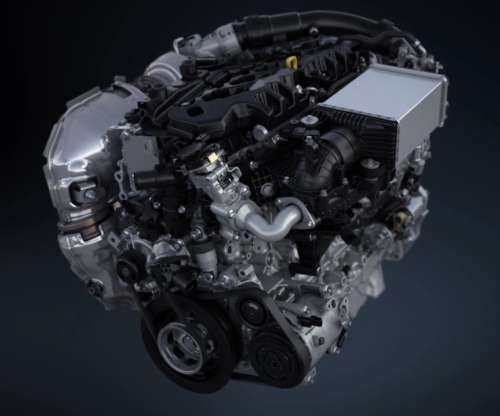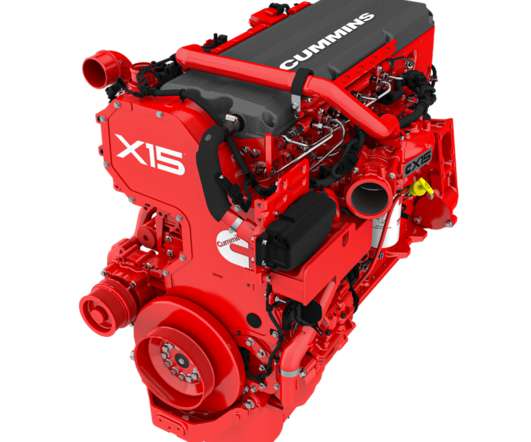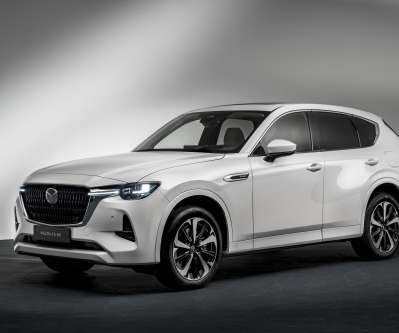Achates showcases 2.7L, 3-cylinder opposed piston gasoline compression ignition engine in F-150; estimated 37 mpg combined
Green Car Congress
JANUARY 18, 2018
liter Opposed-Piston Gasoline Compression Ignition (OPGCI) engine. Fabien Redon, Vice President, Technology Development at Achates, said they estimate that the OPGCI pickup will achieve 37 mpg (6.35 l/100 km) on the combined cycle—nearly five MPG better than the proposed CAFE 2025 requirements for a vehicle of a similar size.






































Let's personalize your content